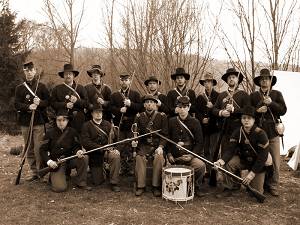Re: Oilcloth information sought...
The geocities link no longer works. Does anyone have the recipe on hand by chance?
Originally posted by Ross L. Lamoreaux
View Post
The geocities link no longer works. Does anyone have the recipe on hand by chance?




Comment